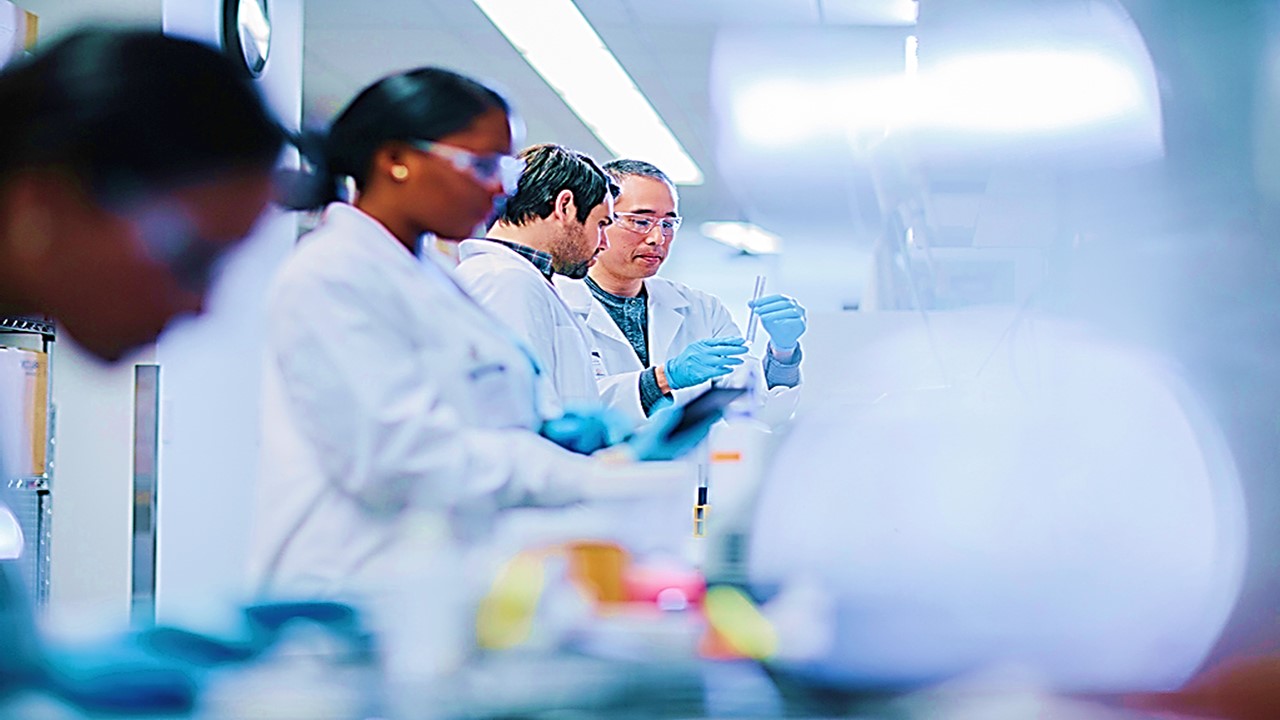The concept of informed consent stands as a cornerstone in Western medical practice, serving as a gold standard across various domains, including public health initiatives, clinical research endeavors, and patient care settings. Rooted in historical precedents dating back to the 1950s, the framework of informed consent in research has undergone significant refinement and evolution since its inception, drawing inspiration from foundational documents such as the Nuremberg Code and the Universal Declaration of Human Rights. As society has progressed, so too has the formulation and rationale behind informed consent, adapting to the ever-changing landscape of medical ethics and human rights.
Understanding Informed Consent Challenges
Clinical trials stand as pivotal milestones in the realm of medical advancement, pivotal in assessing the efficacy and safety of potential treatments. At the heart of these trials lies the concept of informed consent, ensuring that participants have a comprehensive understanding of the procedures and potential risks involved. However, this process becomes complex, particularly concerning vulnerable groups like preadolescents, adolescents, and pregnant women. Unique neurobioethical, multicultural, and interreligious variables play a crucial role in shaping the adequacy of informed consent documents. Addressing these challenges requires a nuanced understanding of bias, privacy concerns, and cultural sensitivities, paving the way for more inclusive and effective consent procedures.
Patient-Centered Challenges
A significant category of challenges in obtaining informed consent relates to patients themselves, as various factors can impede their ability to fully comprehend the disclosed information. Cognitive limitations, whether due to age, education level, or cognitive impairments, can hinder patients’ understanding of the risks, benefits, and procedures involved in medical interventions or research studies. Similarly, language barriers present formidable obstacles, especially in multicultural societies where patients may not be proficient in the language used in consent documents or discussions. To address these challenges, healthcare providers and researchers must employ tailored communication strategies, such as using plain language, visual aids, or interpreter services, to ensure that information is conveyed clearly and comprehensively. Moreover, the influence of diverse cultural norms and religious beliefs on individuals’ perceptions of healthcare cannot be overlooked. These factors can significantly impact patients’ willingness to participate in medical research or accept certain treatments, as cultural or religious values may conflict with Western medical practices or research protocols.
Process-Centered Barriers
Process-centered challenges in obtaining informed consent are centered on procedural barriers that obstruct the acquisition of truly informed consent from patients. These barriers encompass various issues, including the readability and design complexity of consent forms, which may use technical language or convoluted formatting that hinders comprehension, particularly among individuals with limited literacy or educational backgrounds. Additionally, cultural biases inherent in both patients and healthcare providers can impact the consent process, leading to misunderstandings or mistrust. Moreover, concerns regarding privacy and the collection of sensitive data add another layer of complexity, as patients may be hesitant to disclose personal information due to fears of stigma or discrimination. To address these challenges effectively, a comprehensive approach is necessary, involving the implementation of education-specific strategies to improve patients’ understanding of consent information, fostering open dialogue throughout the consent process, and actively recognizing and mitigating discrimination based on age, gender, or cultural background.
A Multicultural and Interreligious Perspective
In navigating the complexities of informed consent, it’s essential to adopt a multicultural and interreligious perspective. Cultural norms and social variables significantly influence individuals’ attitudes towards healthcare and decision-making processes. Concepts like “communal autonomy” or “relational autonomy” challenge the traditional notion of individual-centered autonomy, emphasizing the importance of community involvement in decision-making, particularly in certain cultural contexts.
Communal autonomy refers to a decision-making framework where the autonomy of an individual is intertwined with the collective will of their community, emphasizing group consensus and shared responsibility. In contrast, relational autonomy recognizes that individual autonomy is shaped by interpersonal relationships, cultural contexts, and social dynamics, underscoring the importance of considering relational ties and communal values in decision-making processes.
Cultural Sensitivity in Healthcare
Understanding and respecting cultural diversity are paramount in healthcare settings, especially in multicultural societies. Cultural competence among healthcare professionals can enhance patient trust and improve the quality of care. Moreover, recognizing the role of religion and cultural values in shaping individuals’ healthcare preferences is crucial for fostering effective communication and promoting informed decision-making.
Recommendations for Enhancing Informed Consent
To address the ethical gaps and barriers associated with informed consent, several recommendations emerge. These include incorporating religious and cultural keywords into consent forms, fostering cross-cultural dialogue among healthcare professionals, and engaging religious and community leaders in discussions about biomedical research. By embracing a multicultural perspective and prioritizing cultural sensitivity, healthcare providers can facilitate more meaningful and inclusive consent processes, ultimately advancing ethical healthcare practices worldwide.
Engr. Dex Marco Tiu Guibelondo, B.Sc. Pharm, R.Ph., B.Sc. CpE
Editor-in-Chief, PharmaFEATURES

Subscribe
to get our
LATEST NEWS
Related Posts

Clinical Trial Supply Chain
From Chaos to Control: The Clinical Reinvention of Supply Chain through Data-Driven Infrastructure
In a healthcare landscape increasingly dominated by automation and AI, it’s tempting to see technology as a cure-all.

Clinical Trial Supply Chain
Deciphering the Nexus: Cluster Analysis in Shaping Regional Supply Chain Hubs
Cluster analysis has become instrumental in understanding and optimizing supply chains.
Read More Articles
Myosin’s Molecular Toggle: How Dimerization of the Globular Tail Domain Controls the Motor Function of Myo5a
Myo5a exists in either an inhibited, triangulated rest or an extended, motile activation, each conformation dictated by the interplay between the GTD and its surroundings.
Designing Better Sugar Stoppers: Engineering Selective α-Glucosidase Inhibitors via Fragment-Based Dynamic Chemistry
One of the most pressing challenges in anti-diabetic therapy is reducing the unpleasant and often debilitating gastrointestinal side effects that accompany α-amylase inhibition.













